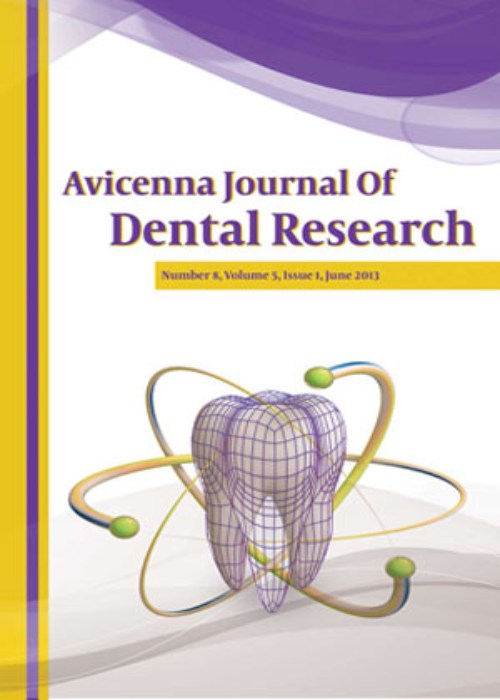In Vitro and In Silico Evaluation of Biological Properties of Some 1, 3, 4-Oxadiazole Derivatives Against Streptococcus mutans and Their Interaction With Gbp-C by Molecular Docking
The need to replace new drug structures for the treatment of resistant strains has become essential. Streptococcus mutans is one of the most important factors in causing tooth decay. Glucan binding protein-C (Gbp-C) is a crucial mobileular floor protein that is worried in biofilm formation, and 1, 3, 4-oxadiazoles are new antibacterial structures. Accordingly, this study focused on assessing in vitro and in silico activity of our previously synthesized compounds of 1, 3, 4-oxadiazole against S. mutans.
To this end, our previously synthesized derivatives were re-synthesized and prepared, and then antibacterial susceptibility tests were used for inhibition zone, minimum inhibitory concentration (MIC), and minimum bactericidal concentration (MBC) test values. The molecular docking method was also applied to confirm the effect of compounds in interaction with the Gbp-C of S. mutans.
All compounds showed different effects against the bacterial sample. Among these, the most effective ones were related to naphthalene (4d), fluorophenyl (4e), and dimethoxyphenyl (4h) derivatives against S. mutans, respectively. Other compounds also had antibacterial properties but to a lesser extent. In the molecular part, compounds 4d and 4h had the highest affinity to inhibit the GbpC-protein. compound 4d with amino acids ASP and GLN established 402 and 391 hydrogen bonds, respectively, and compound 4h with amino acids SER, GLU, THR, and TRP established 347, 360, 449, and 451 hydrogen bonds, respectively.
In general, 1, 3, 4-oxadiazoles containing naphthalene and dimethoxy phenyl functional groups in high concentrations can be good alternatives to the existing drugs for eliminating caries-causing tooth mutants that have drug resistance. It seems that more inhibitory effects can be observed on clinical specimens by adding different purposeful groups and increasing the destructive power of oxadiazole-based compounds.
- حق عضویت دریافتی صرف حمایت از نشریات عضو و نگهداری، تکمیل و توسعه مگیران میشود.
- پرداخت حق اشتراک و دانلود مقالات اجازه بازنشر آن در سایر رسانههای چاپی و دیجیتال را به کاربر نمیدهد.



